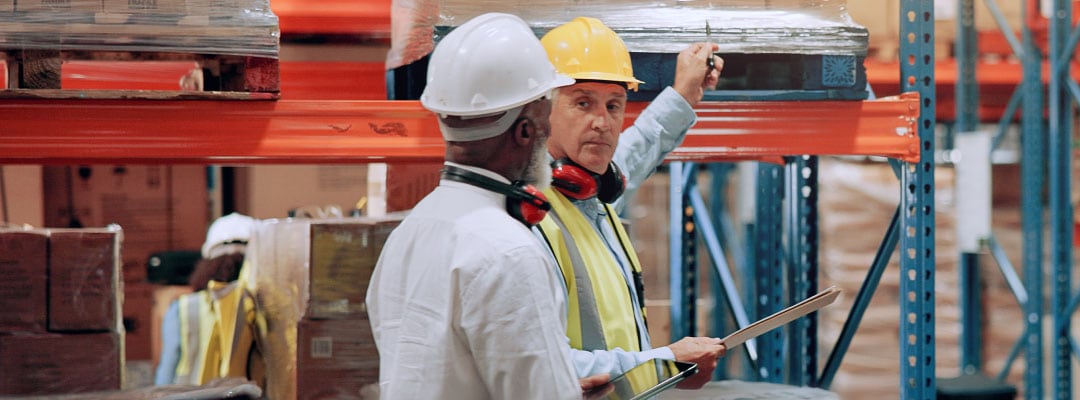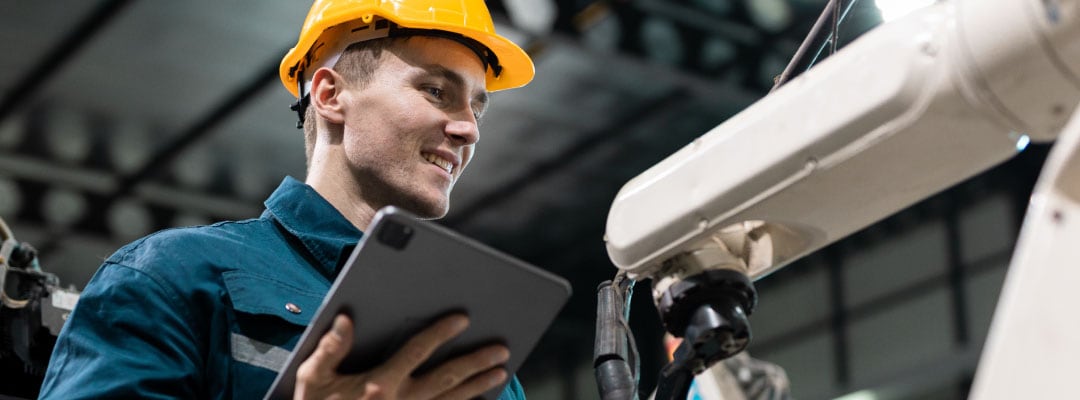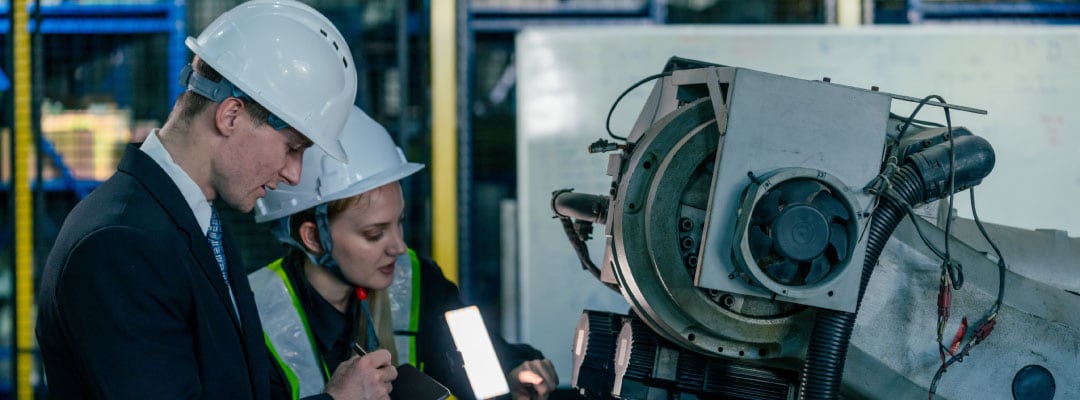CLIENT
Global industrial company
INDUSTRY
Industrial Products
FEATURING
PwC’s smart factory framework

SOLUTION
Activating the smart factory vision — at scale and with purpose
Based on PwC’s Smart Factory solution, the client undertook a detailed analysis of its entire network of factories along with its technical backbone, prioritizing areas with the highest potential ROI to target first. At least three years’ worth of production data were analyzed to determine the most achievable results—namely reducing downtime and waste and improving machine throughput. PwC’s team helped the client develop an IT architecture that would support those goals.
That architecture was built on a cloud-based industrial IoT platform, with real-time production data streaming directly from numerous factories to a centralized data store online. Through a web-based monitoring dashboard, the client was now able to compare one factory’s performance against another and monitor that performance over time.
Extending impact through customer-connected machines
But the client didn’t just want to keep these insights for itself. It wanted to roll out similar capabilities to its customers. If customers had access to the same type of production data, they too would be able to unlock new revenue streams.
One key goal was to use this smart factory technology to troubleshoot problems remotely, reducing downtime and expense for both the client and its customer. It also wanted to use the data its smart factory technology was generating to optimize the design of new equipment models. The overarching goal for all of this: Help the client better serve its customers while increasing its own sales.
Ultimately, PwC worked with the client to build an architecture that comprised over 1,000 machines installed in customers’ factories in locations all around the world. The task was complex, as all of these machines had to be able to communicate wirelessly—no matter where the factory was located. One was even operating near a remote mountain, making communication of any kind difficult. Not only did the factories need to communicate, they had to do so securely, so that each customer’s data wouldn’t be intermingled with another.

RESULTS
More uptime. Better performance. Smarter growth.
Today, the smart factory solution is up and running in six of the client’s factories, and it now has a playbook to roll out smart factory technology to additional factories over time. The smart factory concept has already shown positive results here, with projected improvements in manufacturing throughput between 10 and 15 percent.
On the customer side of things, the connected machines are still being rolled out, part of a necessarily lengthy process because of the complexity involved for customers whose factories are already in operation. But the evidence to date is compelling: If a machine failed previously, the customer would invariably have to spend hours tracking down the source of a problem on the production line. With the smart factory equipment, this analysis can take a matter of seconds. What was once a complex endeavor that involved a full day of poring over figures on a spreadsheet is now handled automatically by the client’s technology.
“The client didn’t want to just gain new insights and improve performance for themselves, they also wanted to unlock these benefits for their customers.”
SMARTER OPERATIONS START HERE.
Discover how PwC helps businesses move with speed, scale and precision.
CASE STUDIES. REAL IMPACT.
Expertise. Technology. Results. Powered by collaboration. Explore our case studies to see what’s possible.











